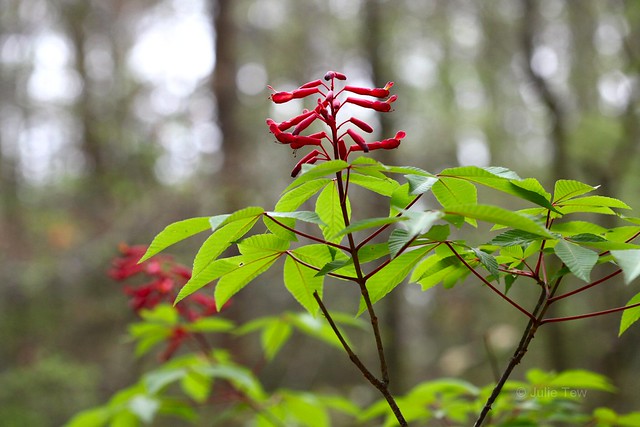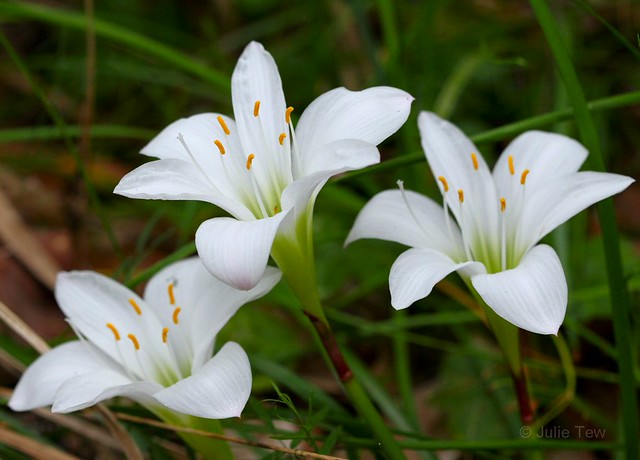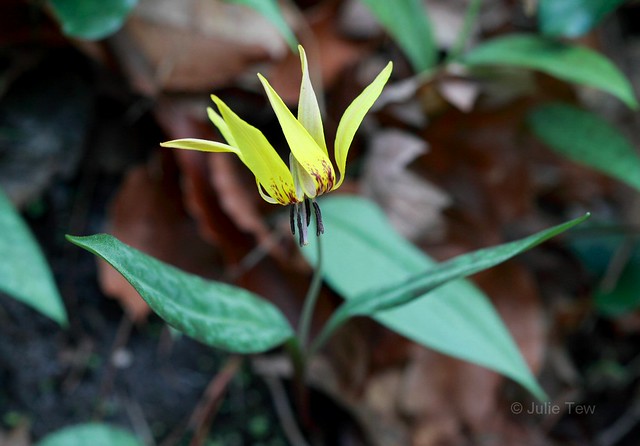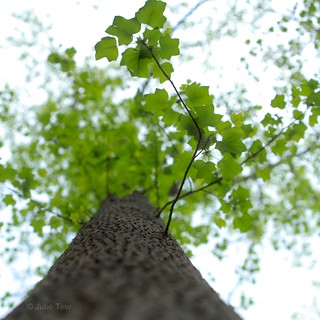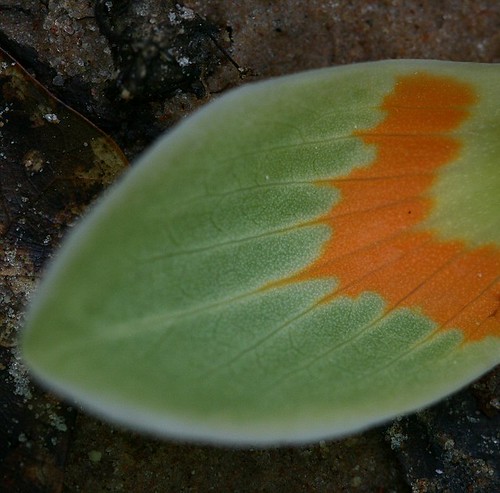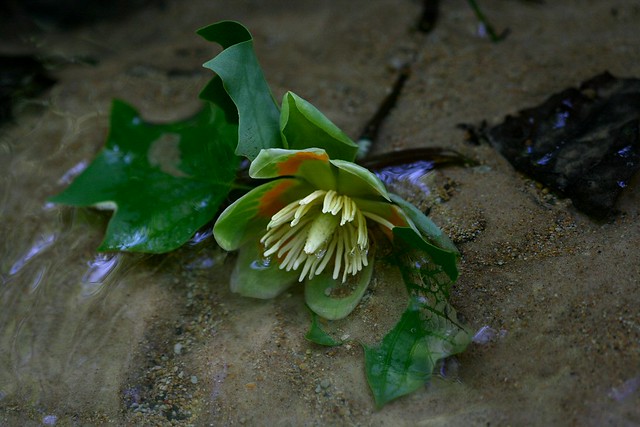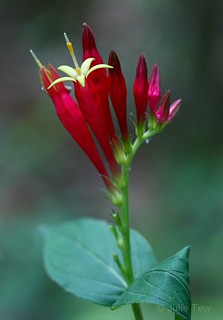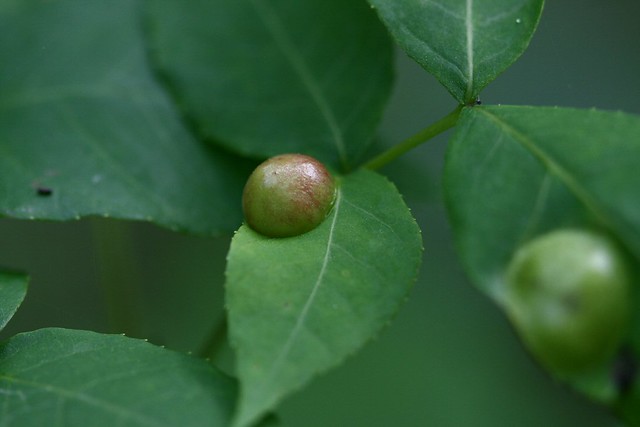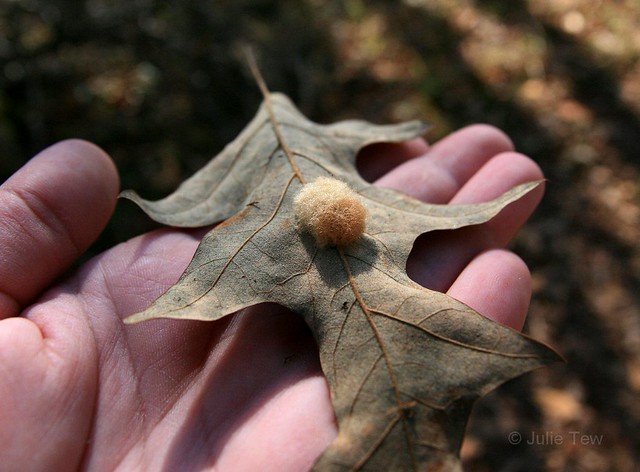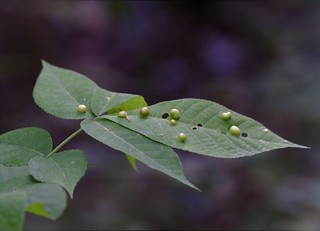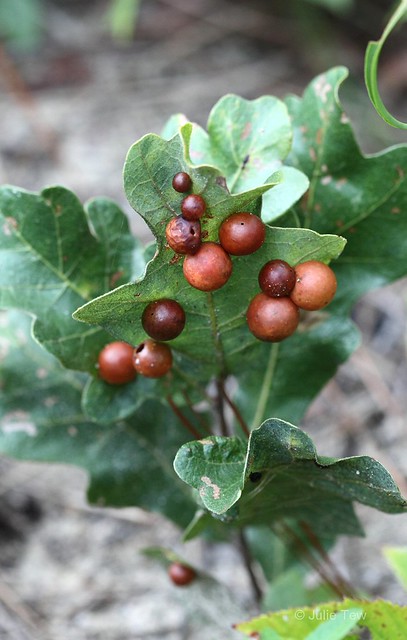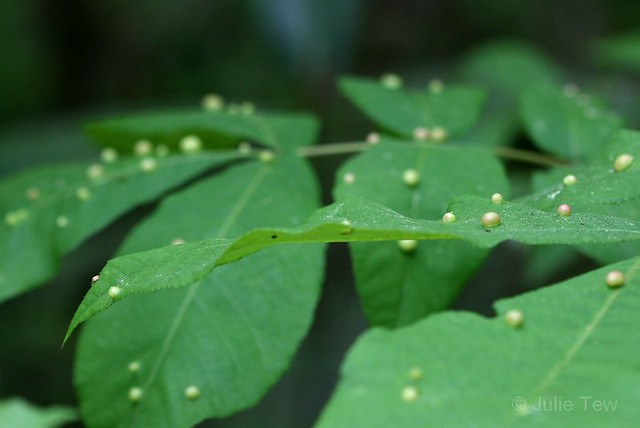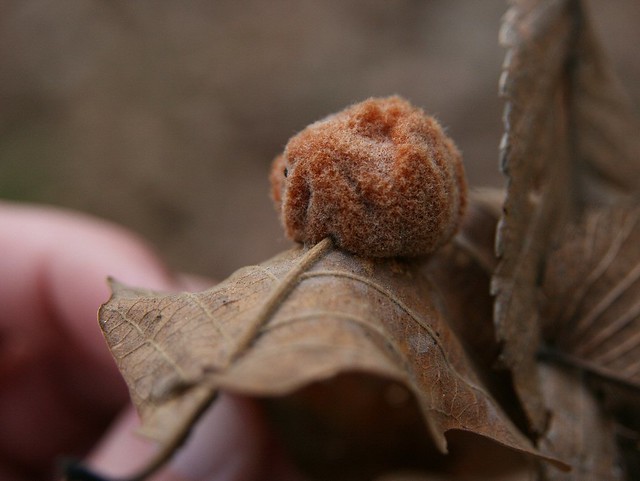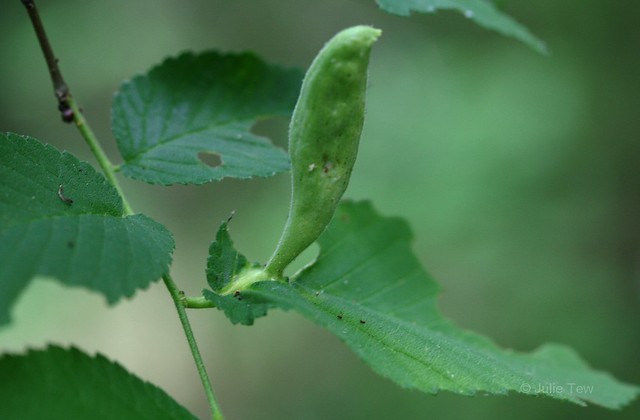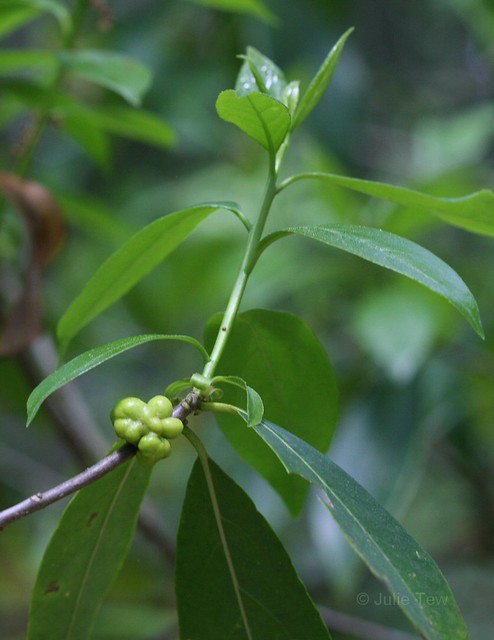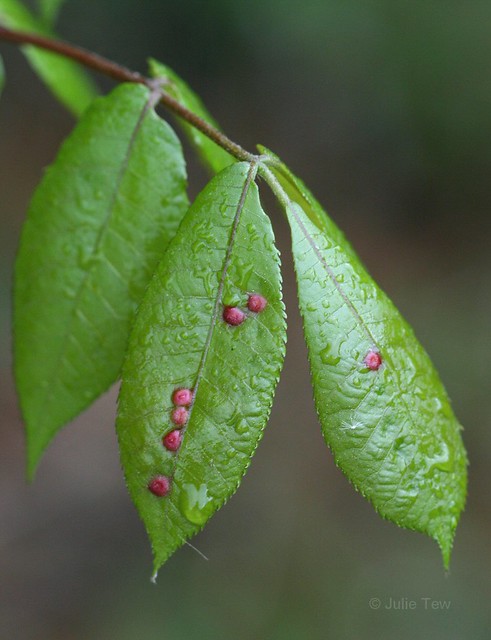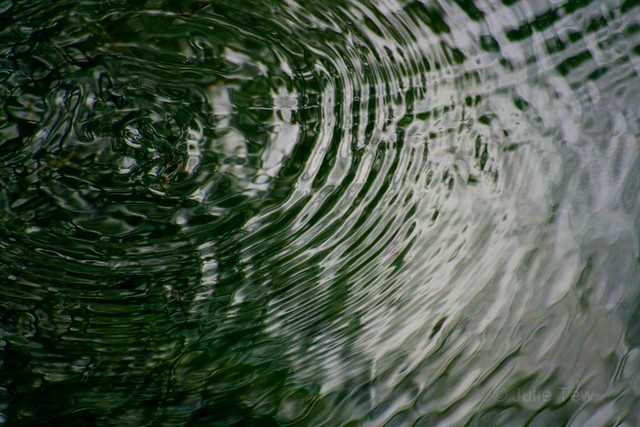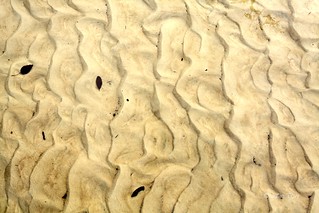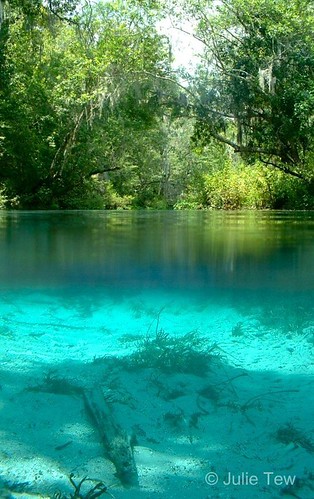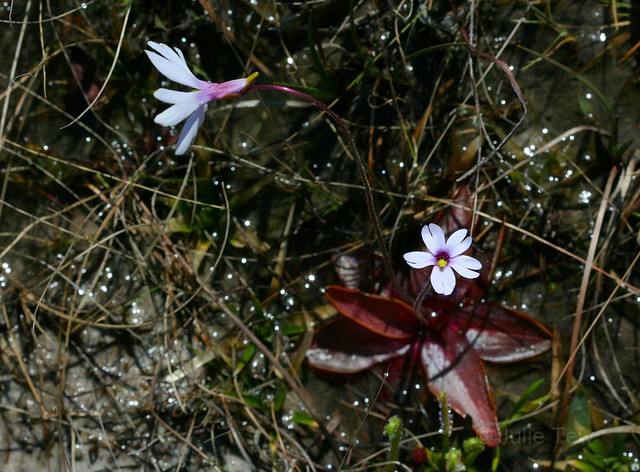Spring comes in stages in North Florida. It's long and drawn out, with blooming starting in January, sometimes even carrying over from the previous year. Yellow Jessamine, one of the first plants to bloom, sometimes starts to release its yellow blossoms in late November. In reality, North Florida doesn't get a winter... most years skip from autumn to spring.
Along the Apalachicola River, tributary streams have cut into the sloping land to create secluded areas for rare plant and animal life. One very specific example of this can be found at the Angus Gholson Nature Park in the city of Chattahoochee, FL. Here, it is a short walk to the great river, with hardwood forests offering a buffer zone from development and safe harbor for many endemic plant species.
A steephead spring near the park's entrance is the birthplace for a stream that runs along the main trail. The stream disappears and reappears from the ground as the terrain drops, the edges of the water often punctuated in February and early March with the highlighter yellow blooms of Erythronium americanum, the Yellow Trout Lily. Nowhere else in Florida does the plant grow in such abundance.
A few weeks after the trout lilies go to seed, the forest is accented by another bright-colored bloom from Rhododendron austrinum, Florida Flame Azalea. It grows high above the stream on the steepest slopes in the patchy light from overhead trees.
A few more weeks into the season, and the giant tulip poplar trees (Liriodendron tulipifera) drop their neon orange-streaked blooms. The forest floor, coated in their petals, resembles the aftermath along a parade route, coated in confetti. It is also around this time that the bright red, cigar-shaped pinkroot (Spigelia marilandica) blooms open, and the delicate, pink flowers of Fringed Campion (Silene catesbaei) unfurl.
There is always something in bloom here, but when spring turns into the intense heat of a North Florida summer, the forest closes in on itself like a secret, weaving together the ever-growing foliage with Smilax vines and the sturdy webs of Golden Silk Orb-weaver spiders.

